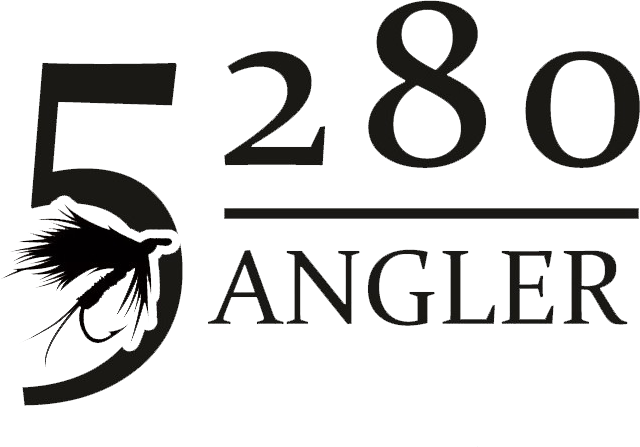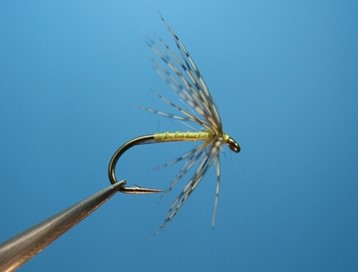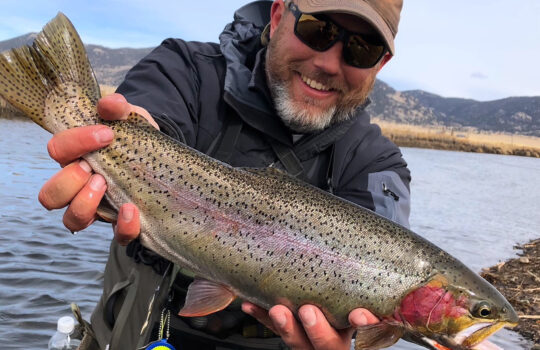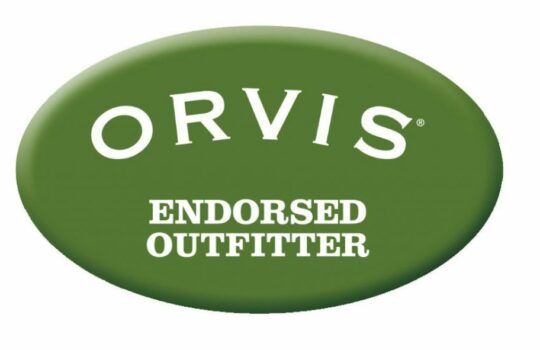GUIDE FLIES – by Jeremy Hamilton
WHAT ARE GUIDE FLIES?
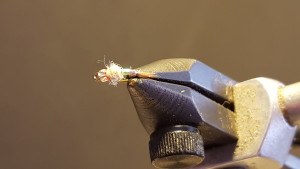
You often hear the term among guides and in fly shops across the country… guide flies. These are flies that every guide has that they have created for the waters they fish. They are proven fish catchers. So, what makes a guide fly so great and how can you tie your own?
HOW TO TIE GUIDE FLIES
The first secret is that there is no secret. Guide flies are really just simple flies that are fairly easy to tie, and can be tied in mass quantities quickly. Many people spend time trying to come up with the ultimate hatch matching fly, indiscernible from the real thing, even when looked at side by side. The reality of those flies that is that they are really designed to impress fisherman, not fish. A typical guide fly will mimic the general form, size and color of the natural insects, but will only take a minute or two to tie; since we have to replenish them on a regular basis.

A perfect example of a guide fly is the San Juan worm. They’re basically just some chenille tied down to a hook with some thread. The difference between a San Juan worm you buy in a shop and a guide San Juan worm: We might make them more durable by gluing the chenille down with super glue; then ribbing it with wire. Another thing I do with my worms is simply leave the ends alone, without a tapered finish. Why spend the time burning the ends to a perfect taper when the fish don’t care? Again, it’s only the fisherman that cares. Save the time!
Another thing that makes a good guide fly is eliminating unnecessary materials whenever possible. When I tie my Rainbow Warriors, I eliminate the flashback over the top of the thorax. Why? Because there’s already a ton of flash in the abdomen and that little bit of extra does nothing to improve catch rates. I also use fluorofiber for my wing case and legs on a Barr’s Emerger. It’s far simpler to work with than hackle fibers, it’s significantly more durable and it gives subtle flash when the fish may be spooked by a flash back version.
Here’s my final tip when creating your own “guide” flies: always use some sort of head cement after you finish the fly. Nothing is worse than creating the perfect fly that catches fish, and then it comes apart after the first trout. It only takes an added second, but it allows you to catch more fish on each fly. You also want to be sure that you don’t cover the hook eye with the cement. It’s terribly frustrating to take that fly out of your box when you need to put it on quickly, and then it takes 20 minutes trying to clean the glue out of the eye of the hook.
I hope these tying tips help you create some more effective guide flies of your own. Now fill your boxes and go catch some fish!
Jeremy is a senior guide at 5280 Angler.
Follow Jeremy Hamilton on INSTAGRAM
